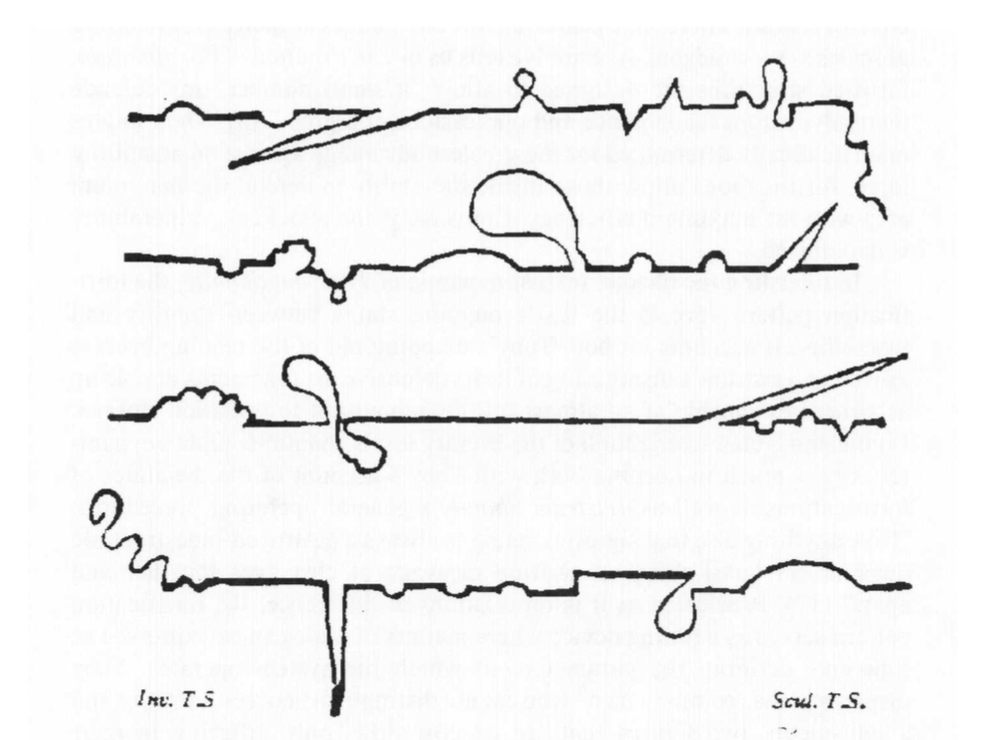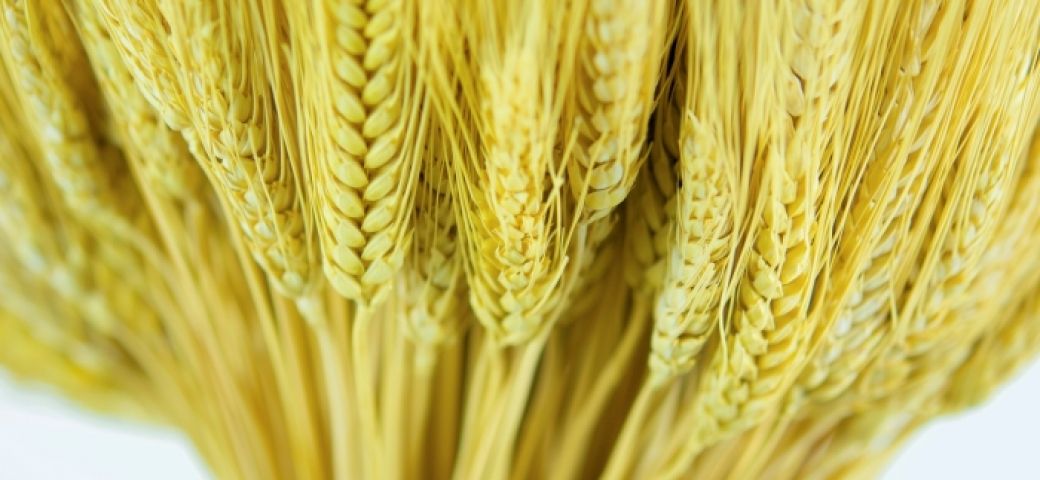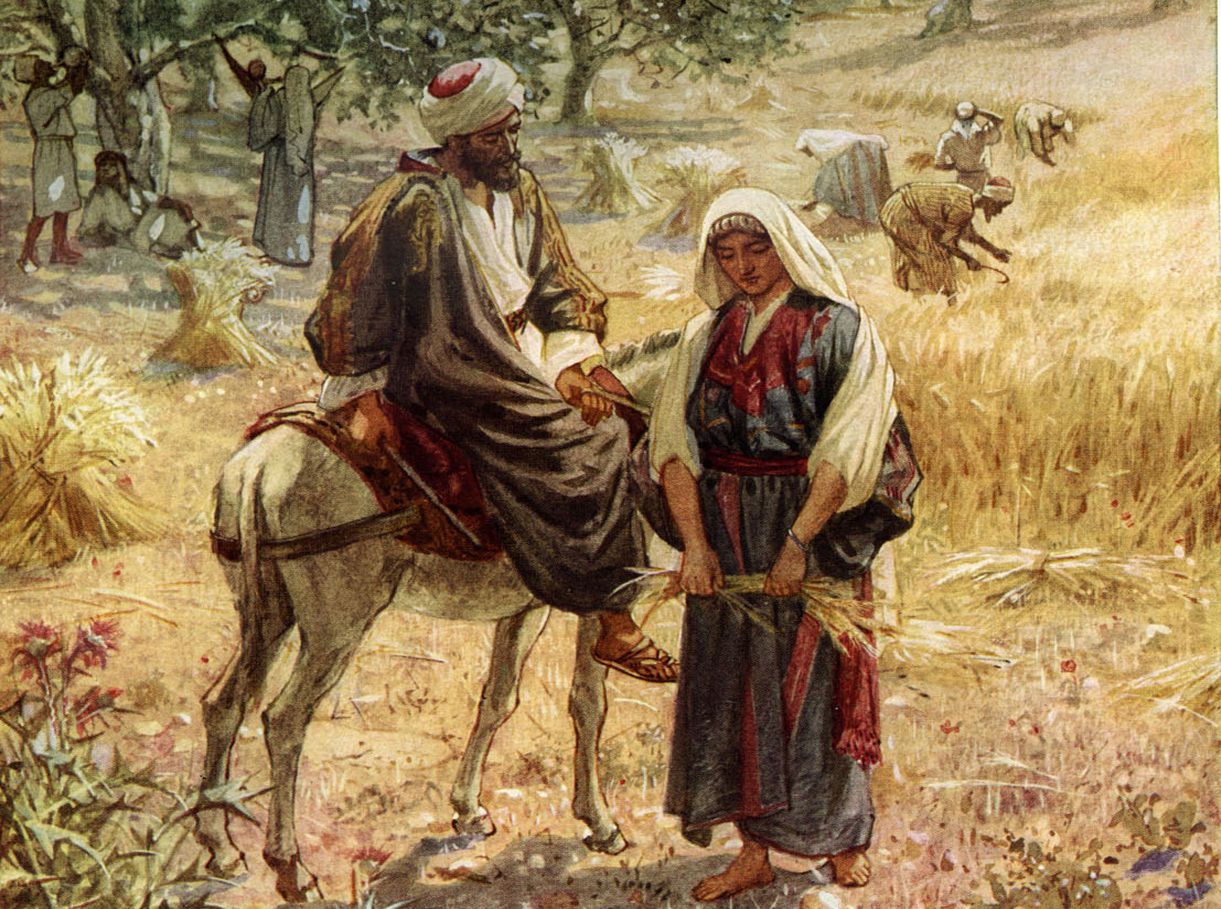Shabbat Gathering: Shavuot and the joy of non-linear texts.

Dear Chevra, as is our custom, we will gather tonight at 5.45p to welcome Shabbat. These are the coordinates:
Zoom
Meeting ID: 963 5113 1550
Password: 1989
Phone: +1 312 626 6799
This week, we have a special PS at the bottom of the newsletter from Everett letting us know about his concert this weekend. If you have a PS you'd like to send out in our newsletter list, just ask!
(To unsubscribe from the newsletter, click the link at the very bottom of this email.)
Here we go.
Shavuot is coming up on June 5 this year (otherwise known at 6 Sivan) and it is rather a mish-mash of a holiday. A little bit of this. A little bit of that. And it’s all put together in a feast of random and circular thinking. Here’s what I mean.
A tip of the hat to Laurence Stern’s Tristram Shandy.
First, an example. I approach my own writing as a fiercely linear practice. One word relentlessly follows another, marching towards a conclusion, an impression, a meaning. That’s just my own approach. Exceptions abound, and these days Talmud might be my “go to” example of an exception to rigorous textual linearity. Reaching back in time for me, my first big exposure to non-linear texts came from reading Tristram Shandy (1759 - 1767) by Laurence Stern. (It’s the funniest book I’ve ever read.) Stern decided to give his readers a narrative map of his novel and it looked like this:

Stern wasn’t a Talmud scholar but he intuits the structure of Talmud, after a simplified fashion. Talmud loops around itself, the work of many different authors all referring back on and contradicting each other. All of this is a long way of saying that what I present below might have its own internal integrity but doesn’t necessarily makes a lot of sense.

The giving of Torah, and more!
Most importantly, Shavuot is that day that Hashem gave us Torah and marks the end of a period of time kicked off by Passover. Just as Passover marks our physical freedom, Shavuot marks our spiritual freedom. Connecting the two dates is the 49 (or 50) day period of time when we count the Omer. (For more on Omer, refer to this edition of our newsletter.)
Shavuot also has agricultural roots. Traditionally, it was the day we celebrated the wheat harvest. It is also one of our three pilgrimage festivals as the farmers brought part of their harvest into Jerusalem to contribute to the Temple.
Shavuot also marks the day that King David was born and died.
Because Shavuot marks so many different type of occasions, we observe it in a variety of ways.
Double-expresso, please.
For example, there is a tradition that we stay up all night studying Torah for Shavuot. Why’s that? Legend has it that the Israelites fell asleep the night before receiving the Ten Commandments and, to make up for that, we stay up all night studying. The actual custom dates back to 1533. Rabbi Joseph Caro, author of the Shulchan Aruch, was living in Ottoman Greece and invited Rabbi Shlomo Halevi Alkabetz and other Kabbalistic colleagues to an all night Shavuot study session. During their study, an angel appeared and taught them Jewish law. (We’ve already covered this incident in the newsletter on Lecha Dodi.) Furthermore, it is believed that the popularity of coffee in the Ottoman empire may have made that all night study session possible. Honest.

We study the book of Ruth. Why Ruth?
On Shavuot, we typically study the megillat of Ruth. Why Ruth? Three reasons. First, Ruth was a convert to Judaism and the giving of the Torah converted us from Israelites to Jews. Second, Ruth was David’s great-grandmother and, remember? David was born and died on Shavuot. Third, Boaz fell in love with Ruth during the wheat harvest. So there’s that.
More blintzes, please.
Drinking all that coffee might make us want a snack, so we typically enjoy dairy meals on Shavuot. Why? Because King Solomon said about Torah, “"Like honey and milk, it lies under your tongue." And that’s why we enjoy cheese blintzes and other dairy delights on Shavuot.
Shavuot is for rejoicing. Passover is not.
What’s the mood for Shavuot? Well, several of the rabbis in Talmud point out how the mood for Passover does not include rejoicing because of the deaths of all the Egyptians. Right? Shavuot, the bookend on the other side of Passover is one of joy because we received the Torah that made us Jews.
Dayenu.
So, as I said, Shavuot is a mish-mash of all sorts of things, from Turkish coffee, blintzes, Ruth, King David, King Solomon, Boaz, and the wheat harvest. Personally, I think a lot of what I’ve described is just rigmarole and extraneous to the simple fact that Hashem gave us Torah on Shavuot. Dayenu.
As a Jew-by-choice, I resonate with the book of Ruth. And as someone who vividly remembers being at Sinai, the giving of Torah is a big deal for me. And while my own writing is as linear as I can make it, I deeply appreciate a non-linear work like Talmud, or, for that matter, Tristram Shandy. In my experience, my life has not followed a straight line. There have been twists and turns and circles and complete interruptions. In fact, I don’t know where my life is headed next after this particular episode of moving back to Arkansas to take care of my mother, but I do know that, with the guidance of Torah, there is a through line that shapes my behavior every day, in every way. And, for that, there’s a good reason for me to celebrate.
And may it be for you a blessing.
See you tonight!
All my love,
brian.
PS!
A note from Everett:
Perfect Harmony Chorus' (Madison’s LGBTQ+ chorus for singers with tenor, baritone, and bass vocal ranges) spring concert takes place this weekend, Friday June 3rd at 7:30pm and Sunday June 5th at 3:00pm at 944 E Gorham St in Madison WI. Not only am I, Everett Trechter, a member of this chorus, but Cantor Jacob Niemi from Beth El is as well and has a featured solo, so if you haven't been over there to hear him yet, you can get a small taste this weekend.
Our music selections are an exploration of the many ways music can inspire love and hope through both the new and the old. There will be beloved favorites such as “The Awakening” and “Vive L’Amour,” and fresh arrangements of familiar pieces like “Refuge” (featuring the poetry of Sara Teasdale) and “Learning to Love Again.” We’ll also feature powerful anthems like “Resilience” and “This is Me,” and whimsical and dreamy pieces like “Razzle Dazzle” and “Innisfree.” Everyone will find something to bring both a smile to their face and a tear to their eye in this eclectic and inspiring program.